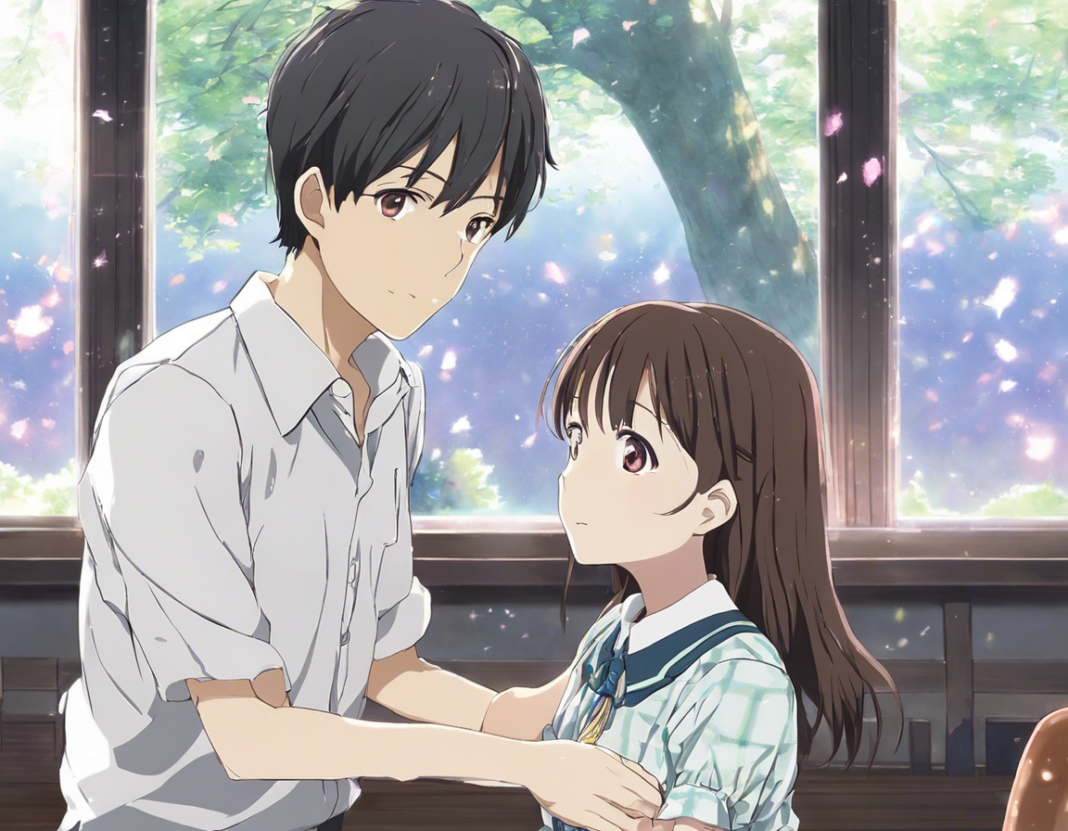Introduction
“I Want to Eat Your Pancreas” is a popular Japanese novel written by Yoru Sumino, which has been adapted into various forms of media, including manga, anime, and live-action film. The story revolves around the themes of friendship, love, and the fleeting nature of life. The Hindi version of this emotional journey has captured the hearts of many viewers and readers. In this article, we will delve into the depths of the Hindi version of “I Want to Eat Your Pancreas,” exploring its impact, adaptation, and reception in the Indian context.
Adaptation to Hindi
The adaptation of “I Want to Eat Your Pancreas” to Hindi has been met with both praise and criticism. The process of translating a story from Japanese to Hindi poses several challenges, especially when it comes to capturing the nuances and emotions of the original work. However, the Hindi version has managed to retain the essence and soul of the story, resonating with a wide audience in India.
Cultural Relevance
One of the reasons for the Hindi version’s success is its ability to resonate with Indian audiences on a cultural level. The themes of friendship, love, and loss are universal concepts that transcend cultural boundaries. The emotional depth of the story, coupled with the Hindi language’s emotive capabilities, has struck a chord with viewers and readers alike.
Character Development in Hindi
The portrayal of the characters in the Hindi adaptation plays a crucial role in bringing the story to life for the audience. The complexities of the characters, their internal struggles, and their interpersonal dynamics have been skillfully portrayed in the Hindi version, capturing the essence of the original work. Viewers have connected with the characters on a deep level, empathizing with their joys and sorrows.
Visual Representation
The visual representation of “I Want to Eat Your Pancreas” in its Hindi adaptation is another aspect that has been lauded by fans. The animation quality, character design, and overall aesthetics of the film have been praised for their attention to detail and emotive storytelling. The vivid animation coupled with the heartfelt Hindi dialogues evoke a powerful emotional response from the audience.
Reception and Impact
The Hindi version of “I Want to Eat Your Pancreas” has left a lasting impact on viewers and readers, sparking discussions about life, love, and the importance of cherishing every moment. The emotional depth of the story, coupled with the poignant portrayal of its characters, has resonated with audiences of all ages. The film’s success in India has paved the way for more Japanese works to be adapted into Hindi, bridging the cultural gap between the two countries.
FAQs (Frequently Asked Questions)
- **Is the Hindi version of “I Want to Eat Your Pancreas” faithful to the original Japanese work?
-
Yes, the Hindi version has stayed true to the core themes and emotions of the original story, capturing the essence of “I Want to Eat Your Pancreas.”
-
**How has the Hindi adaptation impacted the reception of the story in India?
-
The Hindi adaptation has introduced the story to a wider audience in India, sparking discussions about life, love, and friendship among viewers and readers.
-
**What are some key differences between the Japanese and Hindi versions of the story?
-
While the core narrative remains the same, the Hindi adaptation incorporates cultural nuances and references that resonate with Indian audiences.
-
**How has the visual representation of the Hindi adaptation contributed to its success?
-
The high-quality animation and emotive character design have played a significant role in bringing the story to life for viewers, enhancing their emotional connection to the narrative.
-
**What makes “I Want to Eat Your Pancreas” a compelling story for Indian audiences?
- The universal themes of love, friendship, and loss portrayed in the story resonate with viewers in India, encouraging them to reflect on their own experiences and relationships.


